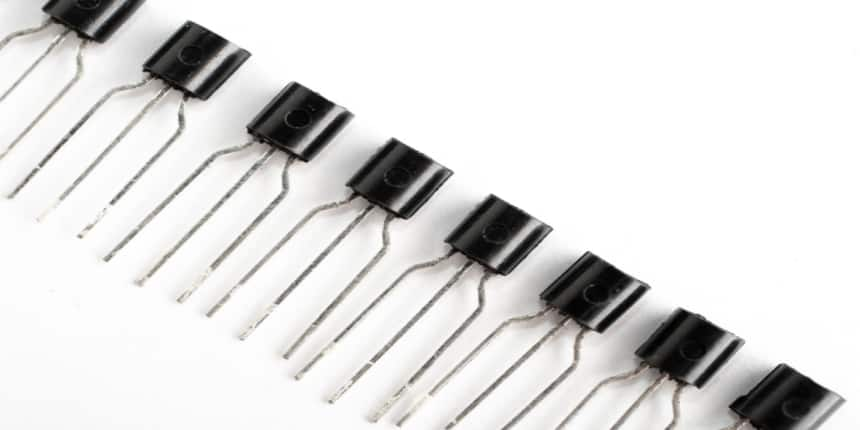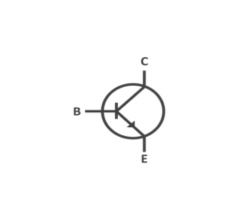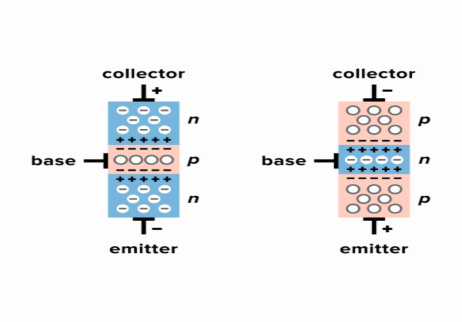NPN Transistor Full Form
What is Full Form of NPN Transistor ?
Bipolar Junction Transistor types include NPN transistors. A thin layer of p-type semiconductors separates the two n-type semiconductor components that make up the NPN transistor. The majority of the charge carriers in this kind of transistor are electrons. The current flow in an NPN transistor is created by electrons moving from the emitter to the collector. Because electrons are more mobile than holes, the NPN transistor is the most common and widely utilized type of bipolar transistor. The NPN transistor has three terminals: emitter, base, and collector. The NPN transistor is mostly employed for signal amplification and switching.


Assembly Of NPN Transistor
Semiconductor materials such as silicon or germanium are used to create NPN transistors. An NPN transistor is created when a p-type semiconductor material is fused between two n-type semiconductor materials.
The emitter, base, and collector are the three terminals on an NPN transistor. This transistor has two diodes that are wired in series. Emitter-base diode refers to the diode seen between the emitter-base terminal. Collector-base diodes are the type of diode that connects the collector and base terminals. The collector is considerably more doped, the base is hardly doped, and the emitter is mildly doped.

Working
Both the forward and reversed biases are applied across the emitter-base junction and the collector-base junction, respectively. In comparison to the reverse bias voltage VCB, the forward biased voltage VBE is smaller.
The NPN transistor's emitter has significant doping. The majority of the charge carriers migrate in the direction of the base when the forward bias is applied across the emitter. The emitter current IE is thus caused. To combine with the holes, the electrons move into the P-type material.
The NPN transistor's base has a little amount of doping. Because of this, only a small number of electrons combine, and the rest makes up the base current IB. The collector region receives this base current. The collector region's reversed bias potential exerts a strong attractive pull on the electrons as they approach the collector junction. Thus, the electrons are attracted to the collector. The base receives the entire emitter current flow. As a result, the base current plus the collector current together make up the emitter current.